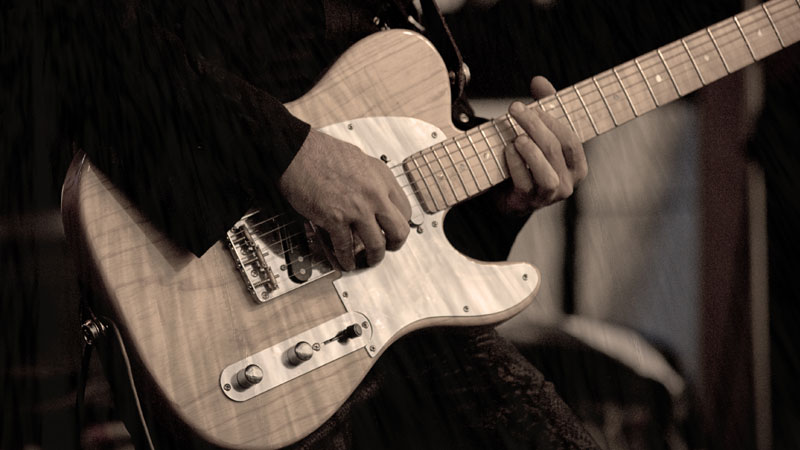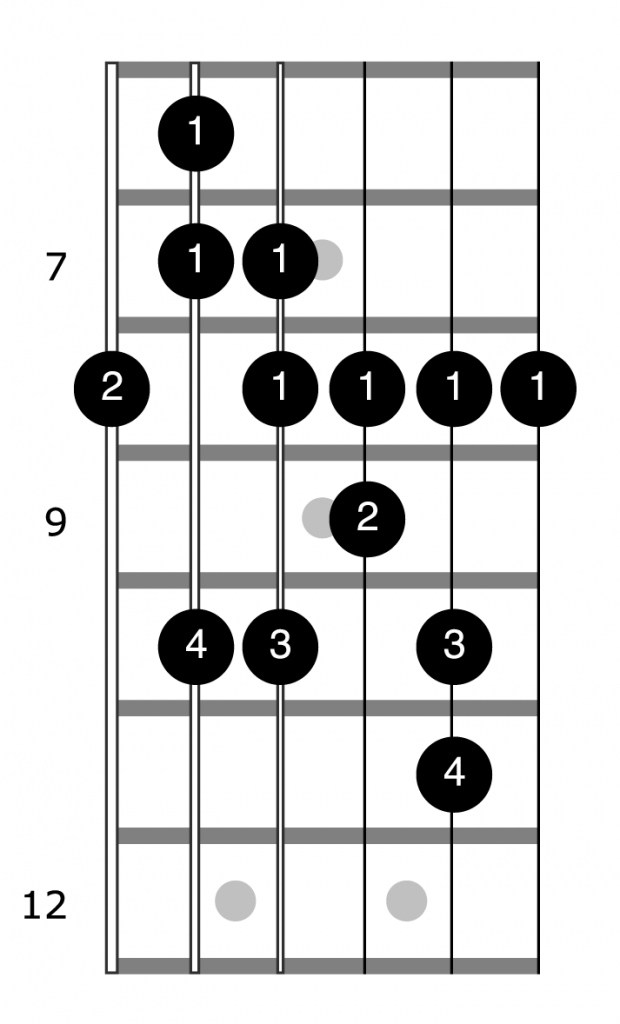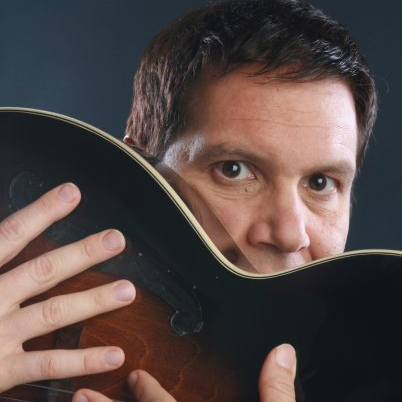Cool Tones, a tool for sounding good over major blues.

Hey everybody out there in guitar land. Today we’re going to talk about a technique I use to play the blues over major chords. I call them cool tones.
Cool tones are half arpeggio half scale but all cool. The reason I call them cool tones is because every time I teach them to somebody the first thing they say is “Wow, thats cool”.
They are a mixture of major pentatonic and minor pentatonic scales plus major triad and Dominant 7th arpeggios. We’ll look at the component parts I just mentioned another time. But for now just open yourself up to the sound.
The structure sounds more complicated then it is because it basically really comes down to blues licks. What I noticed was there is a repeating pattern in the structure of the licks that I could codify so I could consistently and easily play them in different positions which makes my blues playing more fluid, my ideas more connected. Cool tones are very useful for playing the blues over major chords.
They’re less useful over minor chords. It’s common to hear, and the ear is used to hearing, minor over major in the blues, it’s a lot more rare to hear major over minor but it does sometimes happen.
Sometimes when playing blues licks over major chords, those licks can seem kind of corny, but if you use cool tones the right way they’ll always sound, well, cool. Here’s how it works.
Here’s the formula for cool tones. R b3 3 5 6 b7 going up and b7 6 5 b3 3 R going down. We’ll start with Cool Tones in C. The notes for cool tones over a C chord, and I’m going to play them basically out of the 8th position starting with my 2nd finger on C on the 8th fret 6th string, Root (C) b3 (Eb) 3 (E ) 5 (G) 6 (A) b7 (Bb) ascending (going up) Root (C) b7 (Bb) 6 (A) 5 (G) b3 (Eb) 3 (E) descending (going down). Again in 2 octaves now. C Eb E G A Bb (going up) and C Bb A G Eb E C (going down).
Cool Tones

It’s important to note, to keep the major blues sound of the lick you play b3 3 going up and b3 3 going down. Though this is not always the case especially because laying on the flat 3 sounds so good sometimes you might not even put in the major 3rd at all. Wes Montgomery does this a lot in his playing.
Going b3 3 coming down can be a little awkward at first, but once you do it a few times, you’ll recognize the sound and that should make it easier. Keep in mind, just running cool tones up and down doesn’t sound like much, but when you get the idea and the shape down, it gives you a treasure trove of cool blues moves.
On the audio recording example, I am playing first the lower octave, then the higher octave, then 2 octaves. Generally it’s a good idea when you practice a new scale or arpeggio to use different rhythm. Usually I practice 8th notes, 8th note triplets and 16ths.
Below, the sequence of rhythms in the examples are:

Lower octave in quarter notes, 8th notes, 8th note triplets.

The upper octave with the same series of rhythms.
Audio Example (C cool tones – 1 octave)

2 octaves in 8th notes and 8th note triplets.
Audio Example (C cool tones – 2 octaves)
I want to note here that if you add some choice notes to this mix, you get the quality of “taking it to church” or a gospel flavor as well as a bright B.B. King, Robbin Ford sound, or a down and dirty emphasis on the blues note. The gospel flavor note is the 4th and is quite commonly used in conjunction with Cool Tones.
The other added note is the 9th. It get’s the bright sound I was talking about. The down and dirty note is the b5. In the key of C the 4 is F, the 9th is D and the b5 is Gb. I want to make that clear because I use them in some of these examples.
C D E F G A B C D E F G A B C
1 2 3 4 5 6 7 8 9 11 13
Below are some musical examples written out.
Lick 2 using the 4th.

Lick 2 Audio Example
Lick 3 using the 9th.

Lick 3 Audio Example
Lick 4 using the b5th.
 Lick 4 Audio Example
Lick 4 Audio Example

Peter Lerner has toured with Grammy award winning pianist Ramsey Lewis and has played duets on NBC and CBS with acclaimed trumpeter Orbert Davis. Peter has performed with Bill Russo’s Chicago Jazz Ensemble at the Jazz Showcase where he performed with such luminaries as Lee Konitz.

